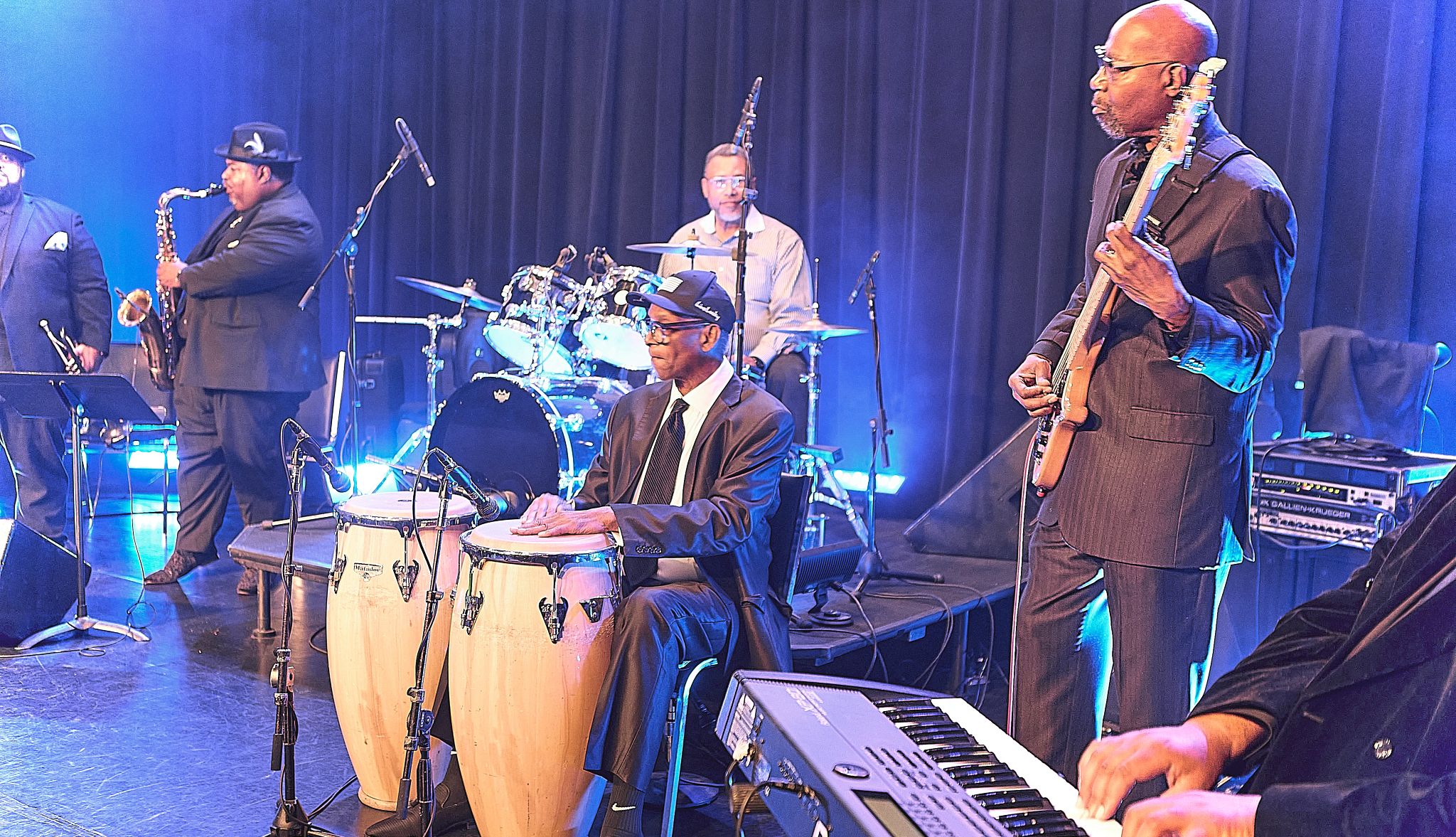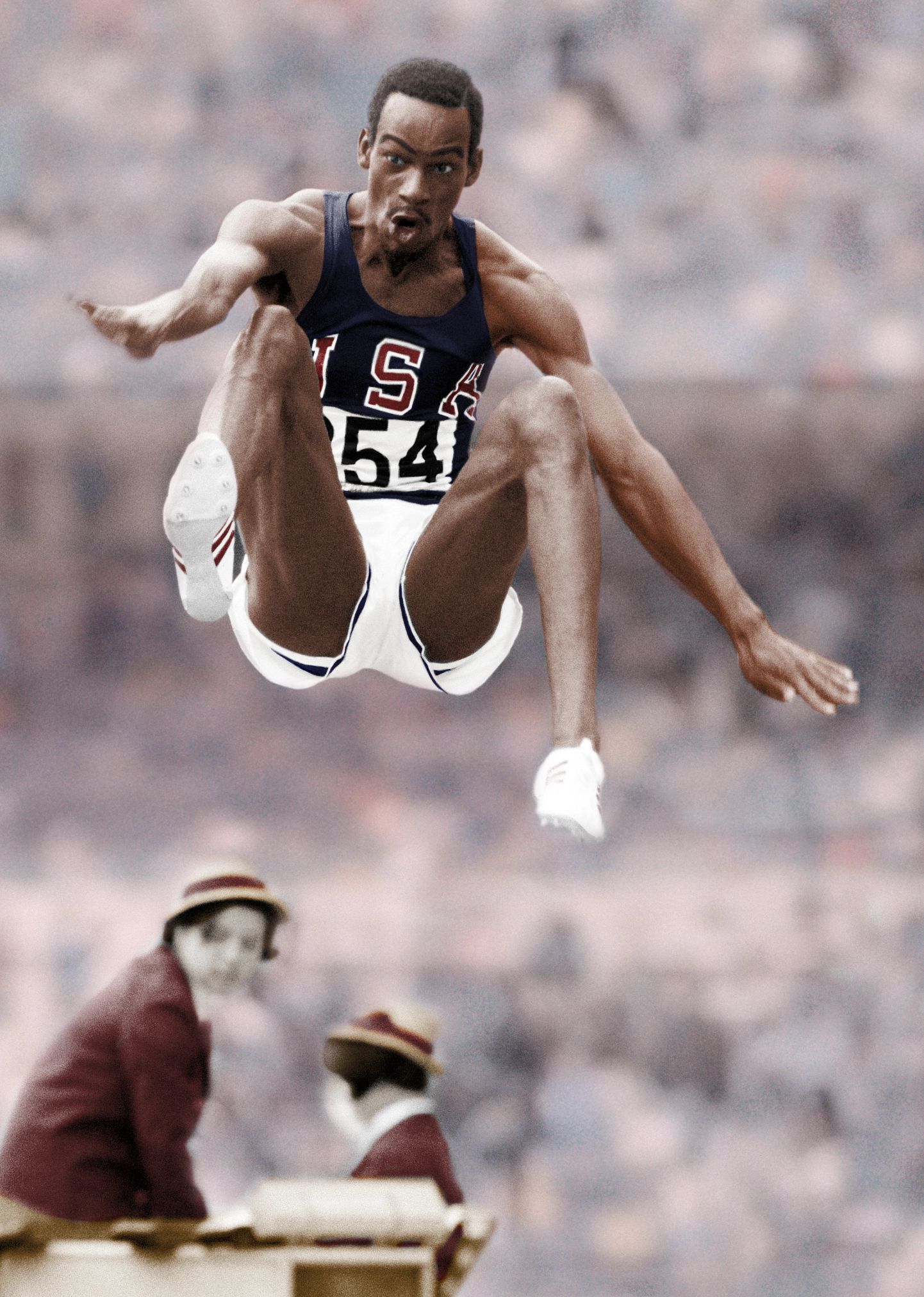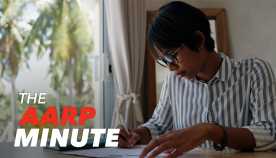AARP Hearing Center


The key to learning something new is total commitment. You’ve got to shut out the part of your brain that finds excuses. It’s like when I was getting ready to take my long jump in the 1968 Olympics in Mexico City. I’d worked hard, I’d sharpened all my tools, and it was my time to perform well. I won a gold medal that day and set an Olympic record — 8.90 meters (29 feet, 2.5 inches) — that hasn’t been broken yet.
But my first passion was not sports; it was percussion. One Saturday when I was around 9, I woke up to the sound of drumming. The sound was so incredible, so powerful, I had to find out where it was coming from. I ran outside and heard it coming from an apartment building very close to mine in Queens, New York. I found out that the drummer was a then-14-year-old Milford Graves, who grew up to be one of the great jazz percussionists.
That was it; I was on fire. I asked my family to get me a pair of bongos, and I taught myself. I would play out on the streets with my friends, just banging on wood or whatever we could find to make a sound.
At the same time, I was doing well in track and field and basketball. It got to the point where I thought, OK, I’ve got to make a choice, and it’s going to be sports.


I never forgot music, though. I was always surrounded by it: I have a collection of 8,000 albums. About three years ago, the urge to drum came back. I contacted my cousin Al Brisbane, the bassist with the band Stix Bones and the BONE Squad, and said, “I need to make music again.” He introduced me to Stix Bones, the band’s leader, who agreed to help me get my hands back in shape. I worked with Stix and Bobby Thomas Jr., who played with Weather Report, every day, three to four hours a day, for a full year. My hands were, like, “Thanks for coming back and thinking about us. We’ve been waiting for this for a long time!”
After a year of work, Stix invited me to make an album with the band. In my honor, they called it Olimpik Soul, and the first song was “Leap.” It’s jazz mixed in with hip-hop and a lot of other beats. The album came out last year and has done well. I also got the chance to play drums at the Paris Olympics last summer with Ibrahim Maalouf, the French jazz trumpeter.
Even though I had to work hard to get to where I am musically, I can’t say I ever got frustrated during the process. I would use mistakes to think about how I could be better. And it’s still that way. Every time I play, there’s somewhere new to go. Music is bigger than me. I’m always trying to be as big in my playing as what I can hear in my head.
Bob Beamon, 78, who is also a graphic artist, lives in Myrtle Beach, South Carolina.

































































You Might Also Like
AARP’s Smart Guide to Tailgating
28 tips to help you turn the stadium parking lot into an all-star party
Rob Reiner on His Career and Newest Movie
The veteran director talks about the much-anticipated sequel to ‘Spinal Tap’
10 Exercises to Help You Live Longer
These types of activities might help you see more birthdays